
|
|
|
| synonym |
|
| description |
This species has brownish wings, with the veins outlined in brown. The lower outer margins of the wings have some red-lined veins, and there are small black spots on the apical edges. Most importantly, vein CuA is forked, dividing the wing cell into small cell C5 and larger cell C4; in some other Anotia species, the forked vein and therefore C5 are absent. Two bold dark spots, one on each wing, can be found on the inner edge near the middle. The thorax and abdomen are reddish-brown, and there are no dark markings on top of the head (separating this species from westwoodi); the side of the head also lacks markings and is whitish. (UDEL) |
| distribution |
Eastern United States, Ontario, and Mexico (UDEL) |
| abundance |
Uncommon to scarce, recorded in several counties in the Piedmont and Coastal Plain. |
| seasonal_occurrence | |
| habitat |
Has been found in open areas near mixed hardwood forest. |
| plant associates |
Derbidae are known or assumed to feed on fungal hyphae as immatures (UDEL). |
| behavior |
Can be attracted at night with a light. |
| comments |
Anotia can be a very difficult to identify, and some species vary in color, especially on the wings. A. bonnetii, kirkaldyi, and westwoodi can be very similar. However, bonnetii can be distinguished from the other two species by the presence of cell C5. Therefore, a detailed view of the wings showing venation is important for determining a species ID. Additionally, A. bonettii can be separated from kirkaldyi in having 2 fuscous markings on the head; in kirkaldyi, there are 2 red markings on the head. A. westwoodi has different head markings from these two. |
status |
[Native:]
[Introduced:]
[Extirpated:] | | list_type |
[Official:]
[Provisional:] |
| adult_id | Unmistakable and widely known Identifiable from good quality photos of unworn specimens
Identifiable from photos showing undersides, or other specialized views [e.g., legs, face]
Identifiable only by close inspection of structural features or by DNA analysis NULL |
| nymph_id | Unmistakable and widely known Identifiable from good quality photos, especially where associated with known host plants
Identifiable from close inspection of specimens or by DNA analysis
Identifiable only through rearing to adulthood NULL |
| G_rank |
|
| S_rank |
|
| rank_comments |
|
| tribe |
Otiocerini |
| subgenus |
|
Species Photo Gallery for Anotia bonnetii No Common Name |
 | Photo by: Scott Bolick
Randolph Co.
Comment: | 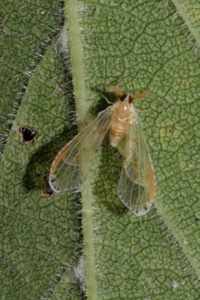 | Photo by: Scott Bolick
Randolph Co.
Comment: |
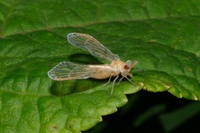 | Photo by: Scott Bolick
Randolph Co.
Comment: | 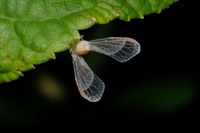 | Photo by: Scott Bolick
Randolph Co.
Comment: |
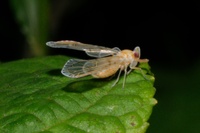 | Photo by: Scott Bolick
Randolph Co.
Comment: | 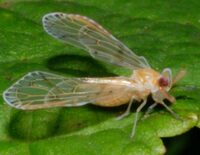 | Photo by: Scott Bolick
Randolph Co.
Comment: |
 | Photo by: Scott Bolick
Forsyth Co.
Comment: |  | Photo by: Scott Bolick
Forsyth Co.
Comment: |
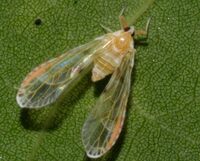 | Photo by: Scott Bolick
Forsyth Co.
Comment: | 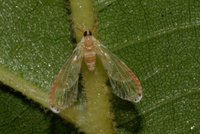 | Photo by: Scott Bolick
Forsyth Co.
Comment: |
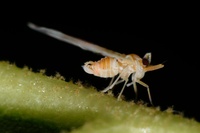 | Photo by: Scott Bolick
Forsyth Co.
Comment: | 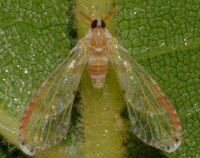 | Photo by: Scott Bolick
Forsyth Co.
Comment: |
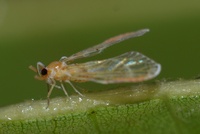 | Photo by: Scott Bolick
Forsyth Co.
Comment: |  | Photo by: Scott Bolick
Forsyth Co.
Comment: |
 | Photo by: Scott Bolick
Forsyth Co.
Comment: |  | Photo by: Rob Van Epps
Mecklenburg Co.
Comment: Attracted to UV light. Suburban yard near woods. |
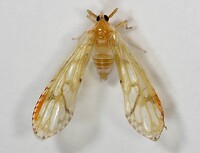 | Photo by: Rob Van Epps
Mecklenburg Co.
Comment: Attracted to UV light. Suburban yard near woods. | 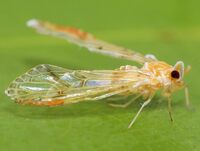 | Photo by: Rob Van Epps
Mecklenburg Co.
Comment: Attracted to UV light. Suburban yard near woods. |
|

 »
»

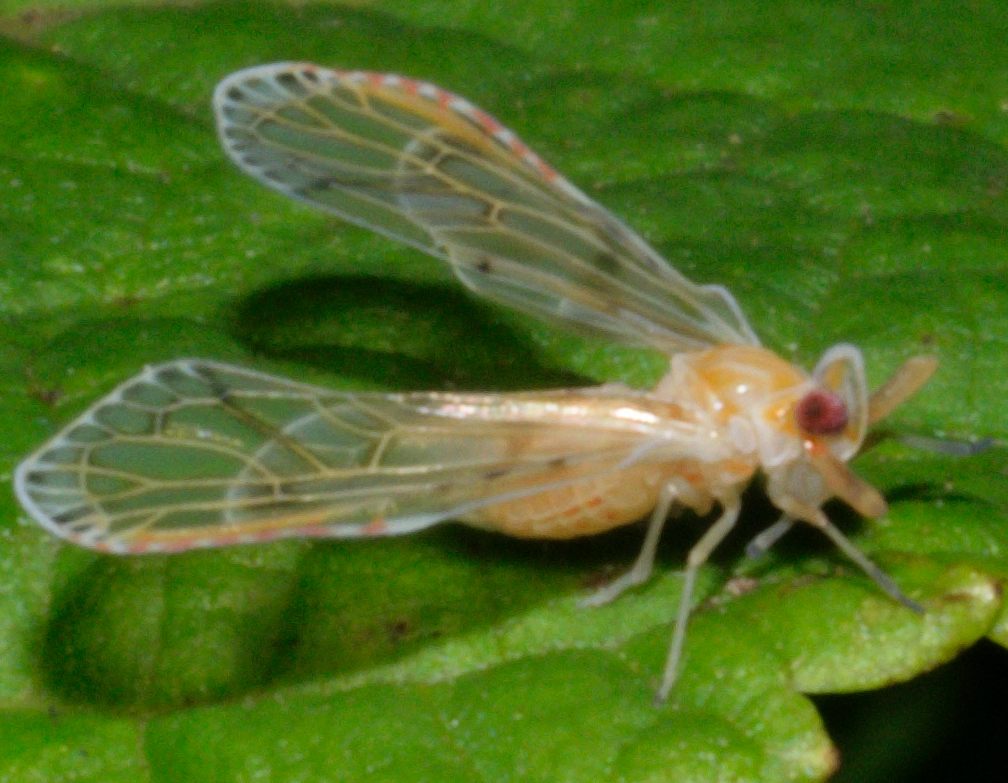


 »
»


